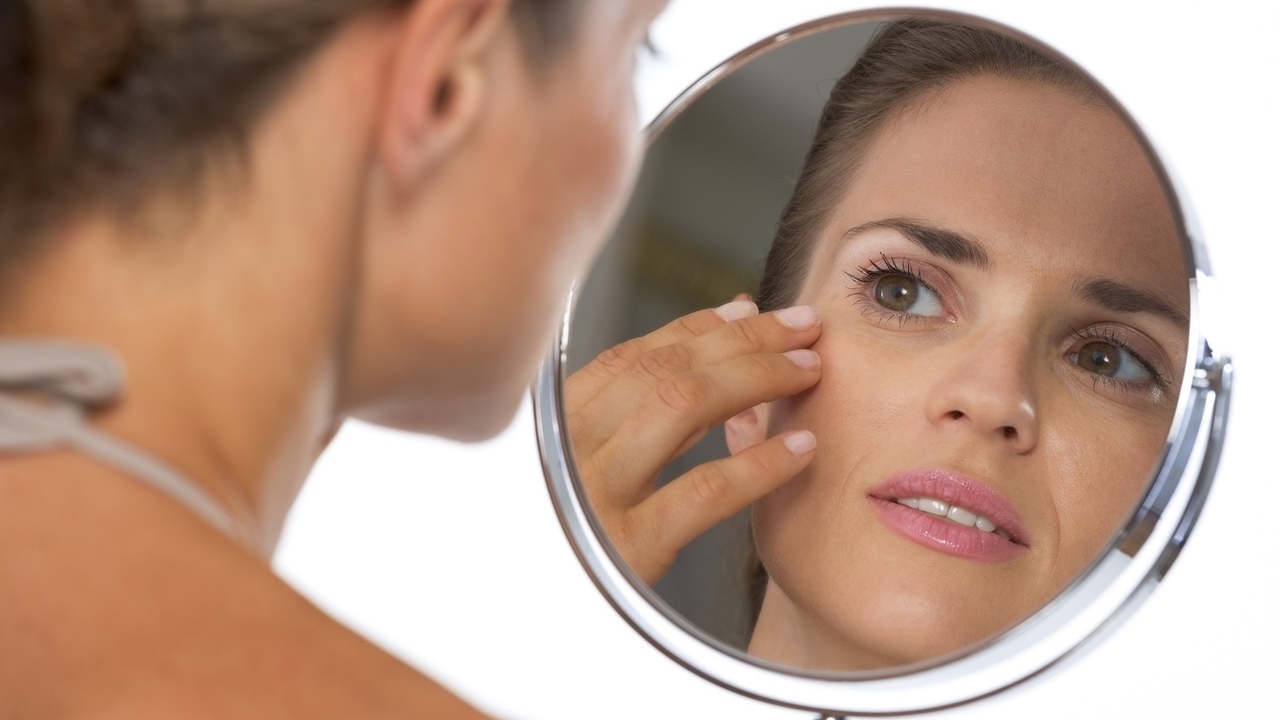Strabismus is a condition in which the eyes do not point in the same direction. Patients are often called cross-eyed if the eyes turn inward, or wall-eyed if they eyes turn outward. There are other possibilities: one eye can turn too far up or down. The condition can be mild or obvious, and constant or intermittent.
Visual symptoms include double vision, blurred vision, poor depth perception, and eye fatigue. Obvious strabismus creates social problems as well, since the patient has trouble making eye contact with another person. I confess, I'm one of the people who feels uncomfortable talking with someone who has a severe case. I don't know which eye can see me.
Strabismus is common in children, but may also develop in adults. Treatment options include eye exercises and surgery. Surgery is somewhat controversial, with success rate of 30 percent to 8 percent. Some of the results counted as a success in these studies provide “cosmetic improvement only”; that is, the eyes look better aligned but vision does not improve.
Reference 1 reports that the theory of strabismus surgery is not well understood. Other types of eye surgery, such as intraocular lenses and retinal repair, were already established in the 1970's. Strabismus surgery is relatively new. However, advances in computed tomography and magnetic resonance imaging offer hope for advances in this treatment. The surgical option changes the length of the eye muscles. However, this is only the first step. The brain must still learn how to control the muscles to align the eyes properly.
Strabismus can cause amblyopia, or “lazy eye”, because children who have double vision learn to ignore the image from one eye. Vision screening is recommended at birth, at six months of age, at three-years-old and when in pre-school to identify visual problems that can be treated. The sooner the better, but the Optometrists Network says it's never too late.
Vision therapy offers eye exercises designed to strengthen the eye-brain connection. Special lenses, filters and computerized equipment are used. The program is individualized for each patient and generally includes both in-office and home therapy. For details, see Reference 2.
References:
1. Kushner BJ, “Perspective on Strabismus, 2006”, Arch Ophthalmol. 2006 Sep; 124: 1321-26.
2. Optometrists Network information on strabismus:
http://www.strabismus.org/
3. University of Michigan information on strabismus:
http://www.kellogg.umich.edu/patientcare/conditions/strabismus.html
4. Johns Hopkins University information on strabismus:
http://www.hopkinsmedicine.org/wilmer/Conditions/strabismus.html
Linda Fugate is a scientist and writer in Austin, Texas. She has a Ph.D. in Physics and an M.S. in Macromolecular Science and Engineering. Her background includes academic and industrial research in materials science. She currently writes song lyrics and health articles.




Add a Comment1 Comments
For more info on strabismus and optometric vision therapy go to http://www.MainosMemos.blogspot.com and type in "strabismus surgery", "exotropia", "esoptropia" , "convergence insufficiency" ....and...."optometric vision therapy". All the latest research links should pop up when you do this....some may have the full articles available as well. I also welcome any questions from your readership.
February 3, 2010 - 6:07pmDominick M. Maino, OD, MEd, FAAO, FCOVD-A
[email protected]
Professor, Illinois Eye Institute/Illinois College of Optometry
This Comment